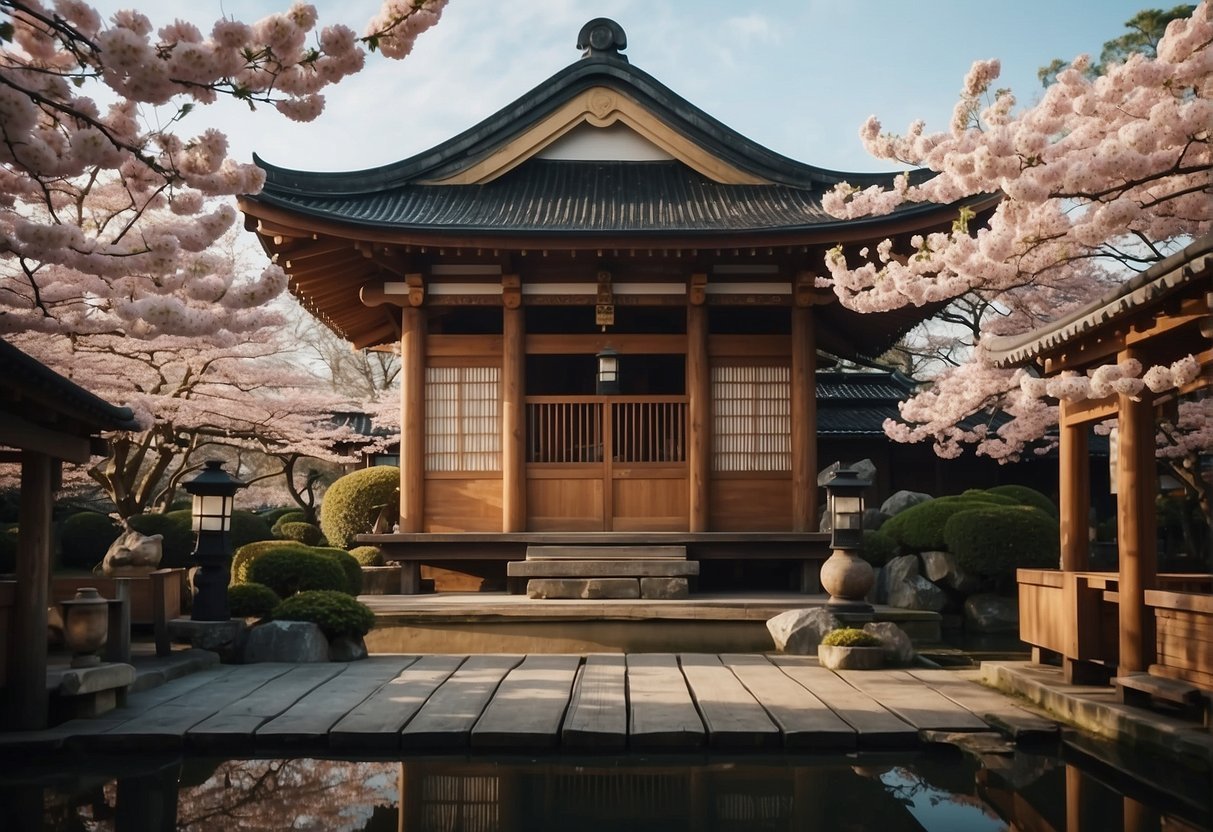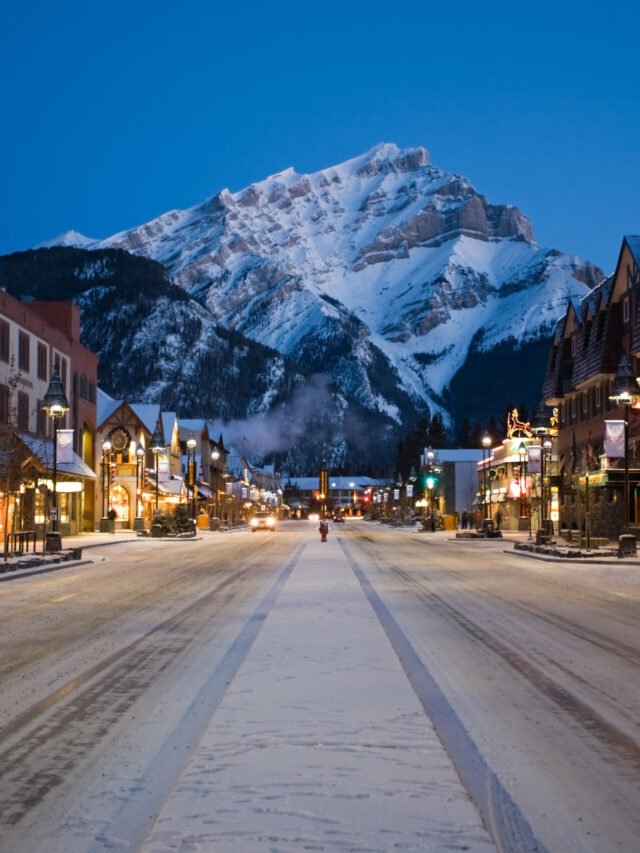Japan Soapland Guide – Exploring the Unique Bathhouse Culture
Japan’s cultural heritage is steeped in traditions that have been modified over time, balancing the old and new under legal practices. Sōpurando or Soapland is one of their longstanding traditions. If you are زيارة the country and exploring its cultural ethnicities, this Japan soap house guide covers it all.
Quick Takeaways for the Visitors
While visiting Soapland Japan, you should know that
- Language could be a barrier as many of them cater to locals primarily. Hence, you need to learn Japanese as it will be required.
- The cultural sensitivity, that is, the approach with respect and curiosity to understand the unique facet of Japanese culture.
- If you are looking for soapland Japan alternatives, you can also explore sento or onsen for a more traditional bathhouse experience.
Soapland: Japan’s Deep-rooted BathHouse Culture
Japan’s unique culture is a magnet for tourists worldwide. Among its many attractions, the adult entertainment industry holds a certain allure.
Test Your Knowledge on Japan’s Soapland Culture
One aspect of this industry is the Soapland. A unique type of bathhouse, it offers a distinct experience.
That is why, this blog aims to demystify the Soapland culture. It will provide insights into what to expect, how to navigate the experience, and the costs involved.
We'll delve into the history and cultural significance of Soaplands. We'll also discuss the legal landscape surrounding these establishments.
Whether you're a tourist planning a visit or just curious about this facet of Japanese culture, this guide is for you.
Join us as we explore the intriguing world of Soaplands in Japan.
What is a Soapland?
A Soapland is a type of adult-oriented bathhouse found in Japan. Unlike typical bathhouses, the services offered here go beyond mere relaxation and cleansing.
Soaplands cater to adult fantasies, primarily attracting male clientele. They provide an intimate and unique experience that blends bathing with sensual companionship. Each visit is tailored to the customer's preferences, creating a personalized and immersive experience.
Located mainly in larger cities like Tokyo, Soaplands are discreet establishments. They operate under specific legal frameworks, distinguishing them from other adult venues. Understanding the concept of a Soapland helps in appreciating its place in Japan's cultural landscape.
Historical Context of Soaplands

Soaplands are a distinctive part of Japan's cultural and social history. Originating in the Edo Period (1603-1868), public bathing was a widespread practice, with the famed Yoshiwara district in Tokyo becoming renowned for its bathhouses. Following the Great Kanto Earthquake of 1923, much of the area was destroyed but was soon rebuilt, continuing its legacy as a prominent red-light district.
During the occupation of Japan after World War II, there was a significant shift in the s*x industry. Prostitution was outlawed in 1958; however, bathhouses quickly adapted by offering erotic bathing services, which led to the birth of what is now known as Soaplands.
These evolved bathhouses provided a blend of traditional public bathing and adult entertainment.
Here are three critical historical developments regarding Soaplands:
- Yoshiwara Transformation: Once known for courtesans, Yoshiwara's metamorphosis into a red-light district included the introduction of Soaplands to circumvent prostitution laws.
- Post-War Changes: After WWII and the subsequent ban on prostitution, bathhouse owners innovated by providing intimate but ambiguous services, thus rebranding their establishments as Soaplands.
- Cultural Integration: Despite legal constraints, the ingenuity of such الأعمال ensured that Soaplands became an ingrained part of Japan's adult entertainment scene, albeit existing in a legal grey area.
Suppose you're curious about how Soaplands operate today. In that case, you might find it interesting that the experiences offered lean on the presentation of hospitality و personal care, with each venue delivering a different service spectrum customized to patrons' requests.
Test Your Knowledge on Japan's Soapland Culture
Soapland Services and Experience
Before diving into the specifics of Soapland services, it's essential to understand that these establishments offer a range of services, from the traditional to the more intimate, with a strong emphasis on customer satisfaction and transparent pricing.
Types of Services
Soaplands in Japan provide a variety of services that cater to adult entertainment. The most common offerings include:
- Mat Play: An intimate, body-to-body massage with soap and water on a waterproof mat.
- Turkish Bath: A steamy cleansing experience that often precedes other services.
- S*xual Services: These range from non-penetrative acts to full intercourse, depending on the agreement between the customer and the provider.
To ensure clients receive the experience they seek, the services are often discussed privately between the customer and the soap girl or provider.
Customer Service Attitude
In soaplands, staff attitudes can significantly impact a customer's experience. Workers are generally:
- Attentive: Staff members pay careful attention to clients' needs and preferences.
- Professional: Though the context is intimate, the conduct is professional, preserving the client's comfort and respect.
هذا approach helps maintain a high level of رضا العملاء.
التسعير والرسوم
The cost of a visit to a soapland can vary depending on several factors, including:
- Quality of the Girls: Higher-rated providers usually command higher prices.
- Appearance and Services Offered: Sessions may start at around 20,000 yen for a basic course and can increase as the complexity and duration of the services increase.
Prices are not typically listed outright; they are often determined once the customer has selected a service provider. Here's an example of how fees might be structured:
| مدة | يكلف |
|---|---|
| 60 min | 45,000¥ |
| 70 min | 25,000¥ |
| 90 min | 55,000¥ |
Remember, while soaplands offer a unique experience, you must engage in activities that reflect your values and abide by local laws.
Legal and Cultural Aspects
Navigating the complexities of Japan's Soaplands involves understanding the توازن between legality and cultural nuance. Your grasp of these aspects can enrich your perspective on this unique facet of Japan's nightlife.
Regulatory Framework
In Japan, Prostitution is prohibited under the Prostitution Prevention Law of 1956; despite this, the existence of Soaplands operates in a legal grey area where the law isn't explicitly circumvented but is creatively interpreted.
The services offered by Soaplands are bathhouse-related, and any additional services occur privately between the sōpu-jyō (soap girls) and clients, which enables these establishments to continue operation. It's crucial to recognize that the enforcement of these laws varies, often influenced by public morals and community standards.
الحساسية الثقافية
Understanding Soaplands requires more than just a legal examination; it's about cultural context. These establishments are not merely venues for adult entertainment but are interwoven with Japanese pop culture, sometimes depicted in movies and literature.
As a foreigner, recognizing the cultural sensitivity surrounding these places is critical. They reflect a side of Japan that balances hospitality, discretion, and personal service, which might differ significantly from Western counterparts. When visiting or discussing Soaplands, it is respectful to approach the topic with awareness of these cultural nuances.
المواقع وإمكانية الوصول
Accessibility and location are crucial when exploring Japan's distinctive entertainment options, such as soaplands. Your experience will vary depending on the area you visit and the transportation you choose.
Tokyo Soaplands
Tokyo boasts a high concentration of soaplands, with neighbourhoods like Ikebukuro و Kabukicho emerging as popular spots for this unique form of adult entertainment.
ال Yoshiwara Soapland area, known for its historical connection to the Edo period's pleasure quarters, offers an array of establishments. Here, you'll find venues that cater to various tastes and budgets.
- إمكانية الوصول: Tokyo's comprehensive النقل العام system makes accessing these areas straightforward, with most soaplands near train stations.
الاختلافات الإقليمية
Moving beyond Tokyo, other regions offer their take on soaplands. Okinawa, precisely its capital, Naha, blends its soapland experiences with the island's tropical backdrop. Sapporo's Susukino district is a northern hotspot, while cities like Fukuoka, Saga، و Oita on Kyushu island have their versions.
- Unique Characteristics: Each region adds a unique flair to the experience, from architectural designs to service styles.
- Cultural Differences: Expect subtle differences in protocol and hospitality as you move across regions.
خيارات النقل
Getting to these entertainment locales is part of the journey. Major cities are well-connected by train, which is often the easiest and most reliable method. Options like the سيارة اجره أو حافلة can be more convenient when travelling late at night or from locations not serviced by rail.
- يدرب: Efficient and punctual, trains are a staple in Japanese يسافر, linking central districts and soapland areas.
- سيارة اجره: While more expensive, taxis offer direct routes and privacy.
Understanding regional characteristics and available transportation will enhance your soapland experience in Japan.
It all sounds intriguing, but before you plan a visit to a soapland Japan, here are some
Enjoy Your Trip.






